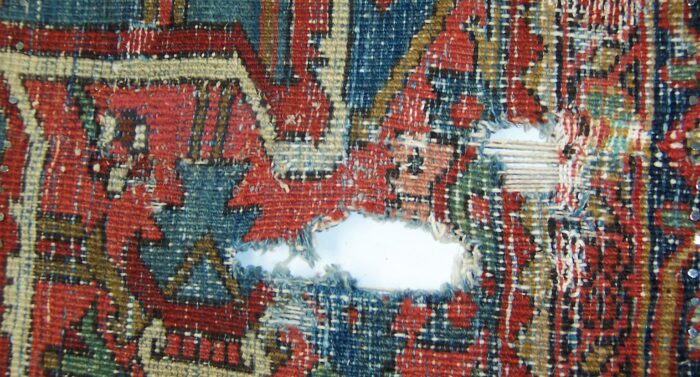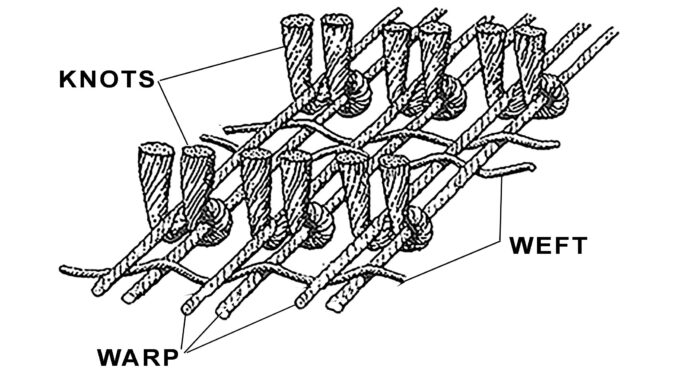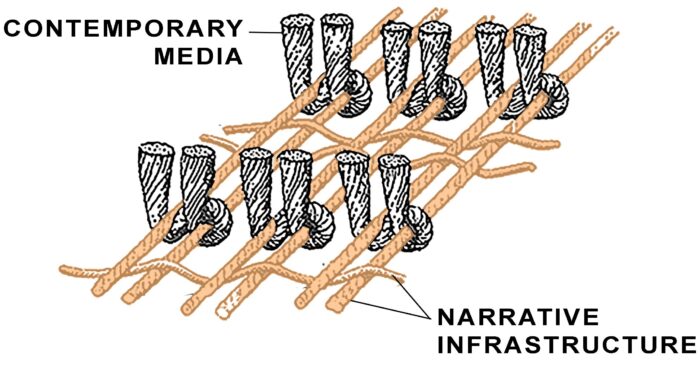Citizen agency is in decline
Our Goal:
We want communities to value and build their narrative infrastructure the same way they value and build their transportation, water, communication, or electrical infrastructures.
What is Narrative Infrastructure?
Narrative infrastructure is a civil infrastructure that impacts how cities evolve and grow. NarrativeInfrastructure.org (Nİ) is a Community Support Organization founded in 2019 to help communities document their narrative infrastructure and utilize those stories to improve the quality of life in those communities. Nİ integrates the voice of the community with research, policy, and development through the medium of GIS and the best practices of ethnography, converting the mute archives of communities to create a world-class research infrastructure.
What challenges are the inspiration for this organization?
- Individuals are increasingly isolated from social interactions, and local political interactions even more so. If they ever act politically, it is usually on a discreet issue.
- Economic and policy proposals are largely built on statistics based on large groups, which rarely reinforces local character. In response, locals are disinclined to support such proposals.
- Due in part to the increasing adoption of location-free digital socializing, the experience of diversity within our own communities has lost its primacy. This reinforces segregation by class and race, unraveling our inter-reliance.
What is not this Organization?
We do not support training Machine Learning Models on oral histories. The value of an oral history is its unique subject matter, which can only be debased by averaging the data with thousands or even dozens of other narratives. The individual agency of the speaker must be respected, and we do not allow our archive to be used for training data for Large Language Models, Deep Learning Models, or any other algorithmic neural network.
Qualities of Narrative İnfrastructure
Make it Happen

Make it Happen
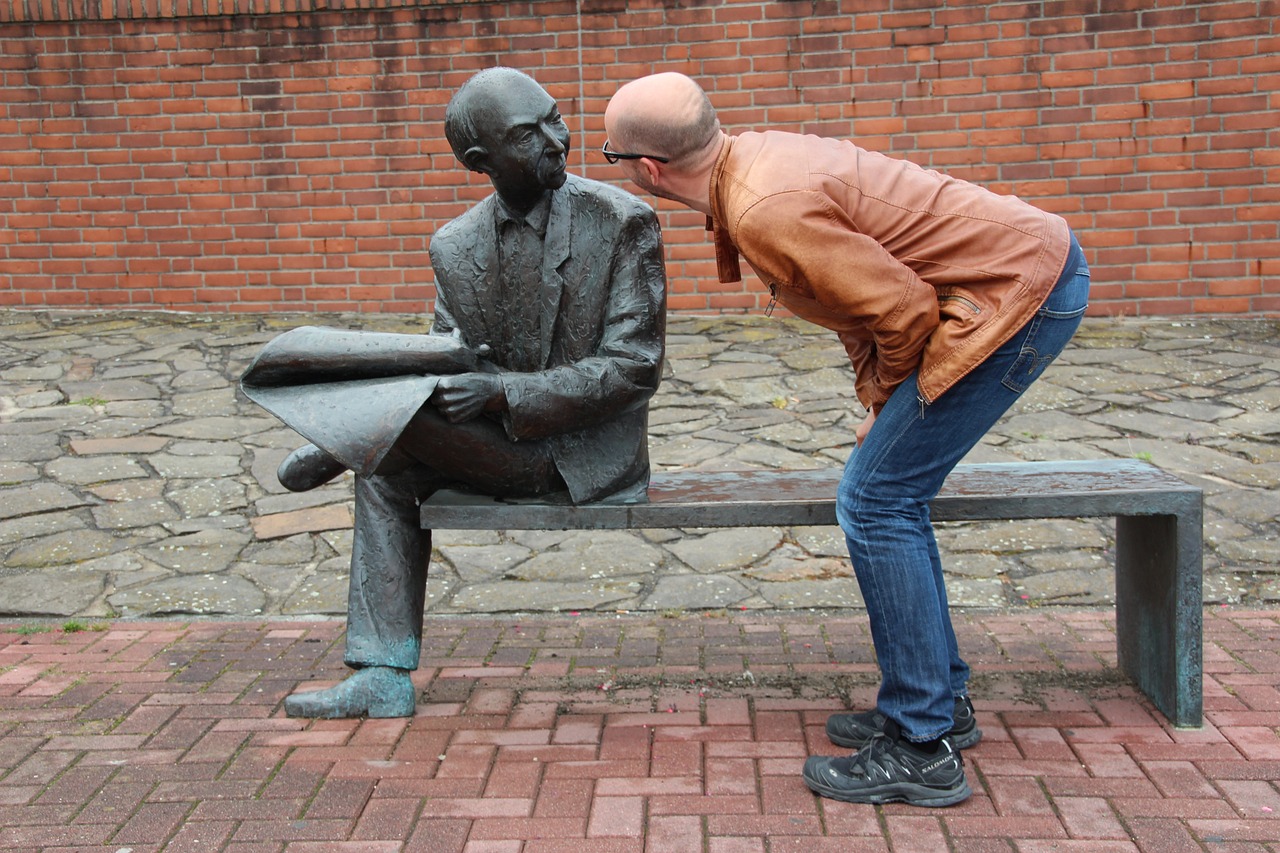
Make it Happen

Make it Happen
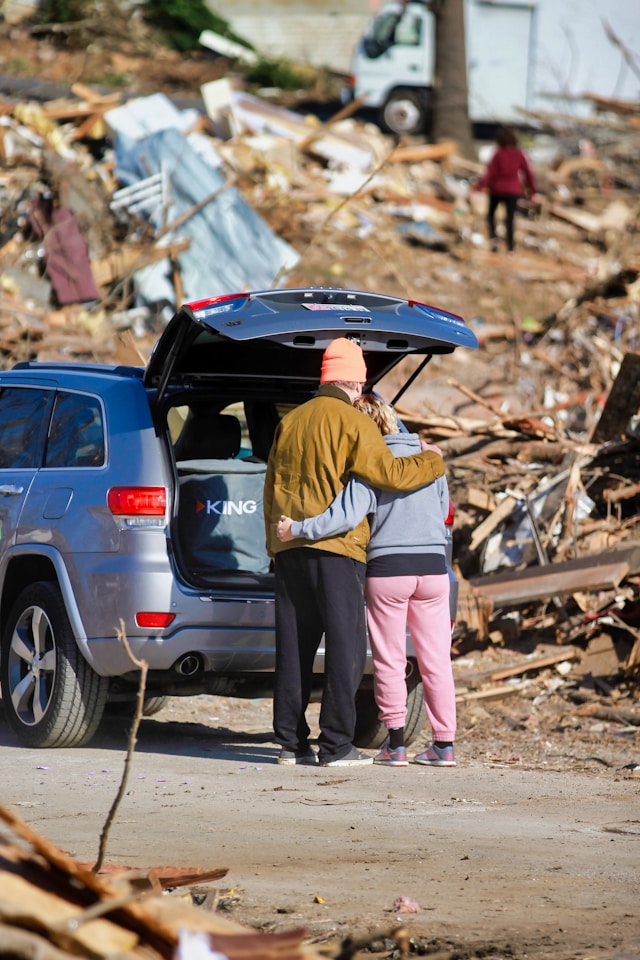
Make it Happen

Make it Happen

Questions that Inspire Us:
How wonderful would it be to tell your individual story and effect how we all manage our common affairs?
How wonderful would it be to act in your community and have no fear of being attacked or insulted?
How wonderful would it be to know your personal history means something to your community and effects how your community is managed?
Timeline of How Narrative Infrastructure can Help Communities:

Research on Spatial Narratology
Telling maps: Potential and limitations of narrative infrastructure for land-use policy in Famagusta
Socially Engaged Design Conference (SED2) · Dec 14, 2020
Using Oral Histories to Study the Informal Narrative Infrastructure in Famagusta Walled City
DAKAM: Contemporary Urban Issues Conference IV · Dec 6, 2018
Mapping Intangible Heritage: Narrative Infrastructure Influence on Newcomers’ Sense of Place of University Park, Denver.
Silk Cities Conference 2024: Intangible Heritage, Cities, and Communities
note: prepublication version 2024
Collaboration
Narrative İnfrastructure focuses on existing neighborhoods and helps them recognize and reinforce their informal traditions.
Developers and politicians can use community story maps to enhance continuity with projects, contextualizing new initiatives with the local sense of identity.
We do this by mapping the oral history stories of the neighborhood, and looking for patterns in the story themes that can be incorporated and expanded upon.
CHAT-MAPs is our school out-reach program to build narrative infrastructure. The students collect the stories and we combine them:
-
- Students collect and do basic mapping using their own devices and off the shelf software.
- Narrative İnfrastructure compiles and creates the final, comprehensive neighborhood map (gratis for a limited number of classes per semester, apply early.)
- Narrative İnfrastructure helps teachers reach out to planners, NGOs, local leaders, and neighborhood associations to make the stories the students collect impactful now and into the future.
Benefits
Professional map creation and data visualization. Access to a growing archive of local stories. Student Energy = Community Synergy. Student Deeds = Community Needs.
-
- Professional map creation and data visualization.
- Access to a growing archive of local stories.
- Student Energy = Community Synergy.
- Student Deeds = Community Needs.
Support
-
- Pre-workshop consultation with Narrative Infrastructure.
- Ongoing email and phone support.
- Potential virtual training sessions.
- Customization to local education standards.
- Outreach effort support (planning and marketing materials).
Please fill out the Interest Form:

